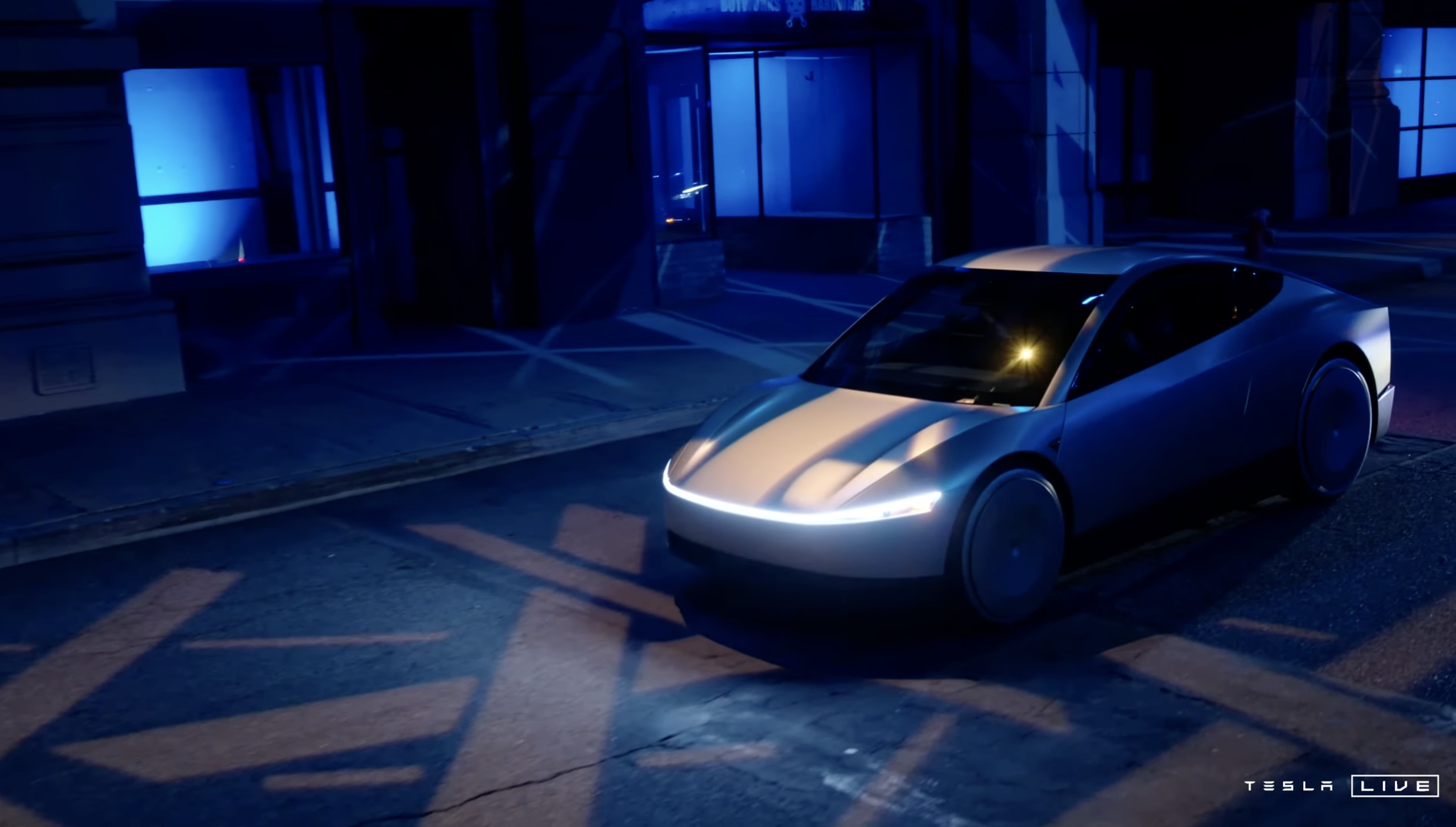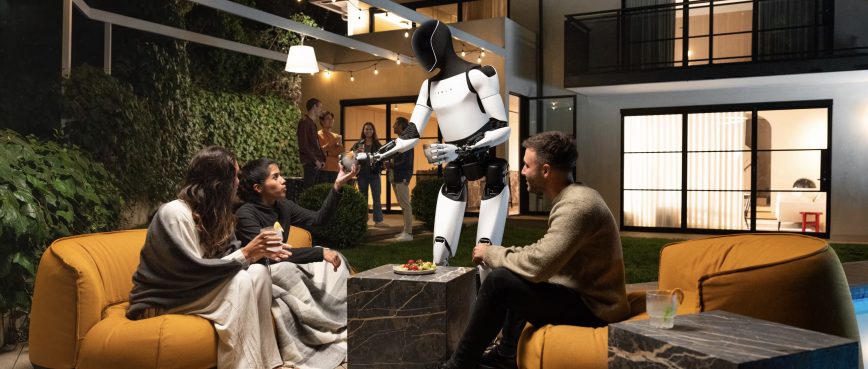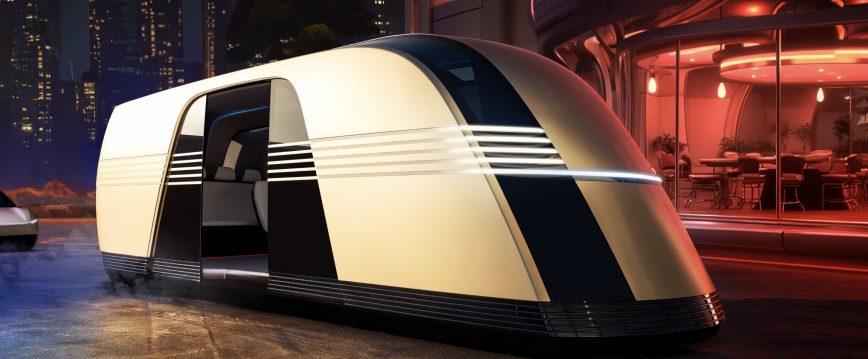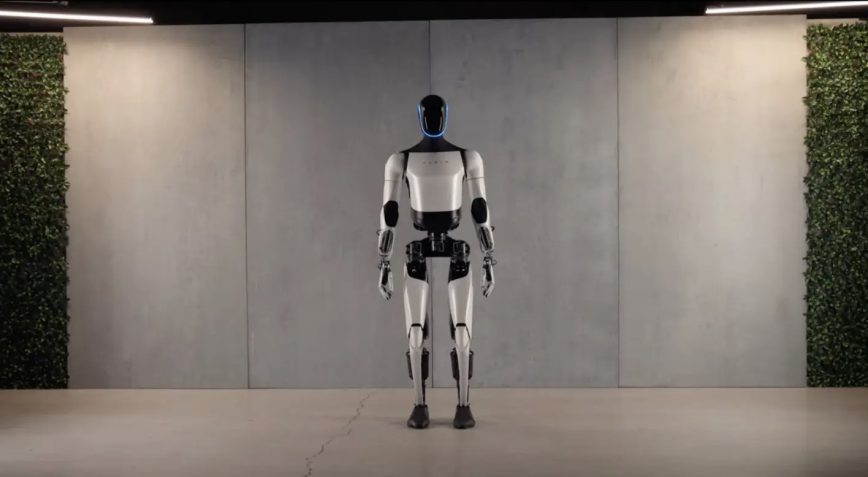Tesla’s Robotaxi Event: Here Is Everything Announced and What It Means for the Future of Autonomy

Tesla just hosted one of the most exciting and futuristic events in the company’s history, the “We, Robot” event, and it was nothing short of groundbreaking. From autonomous taxis to humanoid robots, this event showcased Tesla’s bold vision for the future. Here’s a detailed breakdown of everything that was announced, what it means for Tesla’s mission, and how these innovations will reshape the transportation industry.
A Glimpse Into the Future: Tesla’s We, Robot Event Overview
Tesla’s “We, Robot” event was centered around the future of autonomy, showcasing how far the company has come with its Full Self-Driving (FSD) technology and unveiling some jaw-dropping products that seem straight out of a sci-fi movie. This event wasn’t just another product launch; it was a statement about the direction Tesla plans to take over the next few years. Elon Musk, true to his showman form, arrived at the event in a fully autonomous Robotaxi to kick things off.
The event took place in a highly interactive setup, with five distinct themed “neighborhoods.” Each neighborhood provided a unique experience, from arcade games and live music to a Texas-style barbecue. But beneath the fun, the core message was clear: Tesla is not only pushing the boundaries of autonomous driving but also reimagining the entire concept of transportation.
Let’s break down each of the key announcements from the event.
The Master Plan, Part 4: What We Know So Far

While the official Master Plan, Part 4 wasn’t fully unveiled, there were plenty of hints and references to what it will involve. Tesla’s vision for the future revolves around fixing the inherent inefficiencies of our current transportation infrastructure.
Key Points:
- Current Transportation Flaws: Today’s vehicles are used, on average, only 10 hours a week out of 168 total hours. That means cars sit idle 94% of the time, taking up space in parking lots and driveways.
- Autonomy Benefits: With unsupervised Full Self-Driving, Tesla plans to make this downtime a thing of the past. Imagine falling asleep in your car and waking up at your destination. That’s the kind of convenience Tesla is aiming for with its Robotaxis.
- More Green Spaces: By reducing the need for parking lots, Tesla envisions creating more green spaces in cities, transforming urban landscapes.
- Increased Free Time: Tesla’s autonomous vehicles will also give us back our most valuable resource: time. Instead of spending hours behind the wheel, passengers can relax, work, or even sleep while their vehicle takes care of the driving.
The future of transportation, according to Tesla, is not just about getting from Point A to Point B. It’s about making transportation smarter, safer, and more sustainable.
The Robotaxi/Cybercab: The Star of the Show

At the heart of the “We, Robot” event was the Robotaxi, a futuristic autonomous vehicle dubbed the Cybercab. This two-door, two-seater Cybercab is unlike any vehicle we’ve seen from Tesla before, designed with full autonomy in mind. The Cybercab is all about efficiency, safety, and affordability.
Cybercab Features:
- Futuristic Design: The Cybercab comes with butterfly doors, a large center screen, and a hatch-like trunk. It’s designed with no steering wheel or pedals, since it doesn’t need them—this vehicle drives itself.
- Advanced Autonomy: The Cybercab uses Tesla Vision, relying solely on cameras and AI to navigate. It doesn’t require radar or LiDAR, reinforcing Tesla’s commitment to a vision-based approach to full autonomy.
- Affordability: Tesla claims the Cybercab will cost below $30,000, making it accessible to a broad market. Additionally, operating costs are expected to be as low as $0.20 per mile, significantly cheaper than traditional transportation options.
- Fleet Management: The Cybercab is designed for easy fleet management. One person can manage a small fleet, allowing for business opportunities in ride-sharing or personal transport services.
- Mass Production: Tesla plans to begin Cybercab production before 2027, bringing this autonomous vehicle to the masses in just a few years.
The Bigger Picture:
The Robotaxi isn’t just another Tesla car—it’s a revolution in transportation. By drastically reducing the cost per mile and eliminating the need for a driver, Tesla is positioning the Cybercab to disrupt the ride-hailing industry. Services like Uber and Lyft could face stiff competition from fleets of fully autonomous Teslas, offering safer, cheaper, and more efficient transportation.
The RoboVan: Tesla’s Autonomous People Mover

Another big reveal was Tesla’s RoboVan, a fully autonomous, multi-purpose vehicle with a sleek, cyber-inspired design. The RoboVan could serve as public transport, goods transport, or even be customized for personal use.
RoboVan Highlights:
- No Front Window: The RoboVan doesn’t need a driver, so it doesn’t need a front window. This gives the vehicle a futuristic, streamlined appearance.
- Capacity: The van can carry up to 20 people or be set up to transport goods. Tesla hinted that the van could also be adapted for use as a school bus, RV, or even a personal vehicle with a steering wheel and pedals if needed.
- Versatile Design: With large sliding glass doors and Tesla’s signature cyber aesthetic, the RoboVan stands out from traditional vans. Its adaptability makes it suitable for a wide range of applications.
Why It Matters:
The RoboVan could transform public transportation. It’s fully autonomous, which means lower operational costs and safer rides. The potential for RoboVan fleets in cities and towns could replace traditional buses and delivery vehicles, providing a cleaner, more efficient alternative.
AI and Hardware: Tesla’s Bold Vision for Full Self-Driving
Tesla’s advancements in artificial intelligence were a significant focus at the event. Elon Musk emphasized the importance of Tesla Vision and the company’s goal of achieving unsupervised Full Self-Driving (FSD) by 2025.
Key Takeaways:
- Unsupervised FSD: Tesla plans to roll out unsupervised FSD in Texas and California by 2025, starting with the Model 3 and Model Y. Eventually, FSD will be available on the Model S, Model X, and Cybertruck.
- AI Superiority: Tesla’s AI has been trained on millions of scenarios, making it 10 to 30 times safer than human drivers. The AI constantly monitors its surroundings and can react to even the most unpredictable situations.
- AI5: The Cybercab will come equipped with Tesla’s AI5, an advanced computing system designed to handle autonomous driving. Musk noted that the Cybercab’s computing power far exceeds what’s necessary, ensuring future scalability.
The Implications:
Tesla’s relentless focus on AI and FSD technology puts it miles ahead of competitors. By eliminating the need for human supervision, Tesla’s autonomous vehicles will offer unparalleled convenience and safety. This is a significant step toward Musk’s vision of a future where driving is a thing of the past.
Optimus: Tesla’s Humanoid Robot

In one of the more surprising moments of the event, Tesla reintroduced Optimus, its humanoid robot. This robot isn’t just a concept—it’s already walking, albeit with remote human assistance for now.
Optimus in Action:
- Human Interaction: Attendees were able to interact with Optimus robots, which even served drinks at the event. While Optimus is still in its early stages, it’s clear that Tesla has big plans for its robotic assistant.
- Potential Uses: Elon Musk envisions Optimus as more than just a helper around the house. It could serve as a teacher, babysitter, or even a humanoid companion.
- Pricing: Optimus is expected to cost between $20,000 and $30,000, making it a relatively affordable option for those looking to bring robotics into their daily lives.
What’s Next for Optimus?
While the technology is still in development, Optimus represents Tesla’s foray into robotics and artificial intelligence beyond transportation. The potential applications for Optimus are vast, from household tasks to industrial applications.
Final Thoughts: Tesla’s Vision of the Future
Tesla’s “We, Robot” event wasn’t just about unveiling new products—it was about redefining the future of transportation and artificial intelligence. The Robotaxi, RoboVan, and Optimus all represent Tesla’s ambitious vision for a world where vehicles drive themselves, and robots assist us in our daily lives. With unsupervised FSD on the horizon and production timelines for these autonomous vehicles set, it’s clear that Tesla is not just dreaming of the future—it’s building it.

